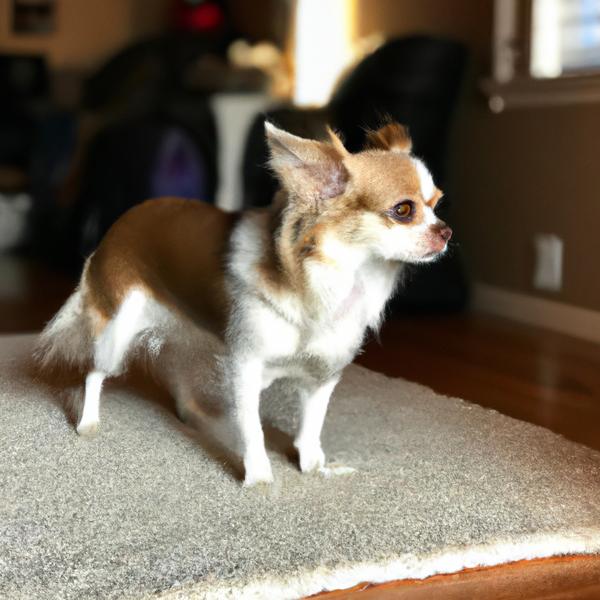Chestie vs. Basenji: Breed Differences and Similarities
Hypoallergenic
Are Chesties or Basenjis hypoallergenic, or neither?
Unfortunately, neither Chestie nor Basenji are hypoallergenic, which may not make them the best choice for dog lovers who suffer from pet allergies.
Temperament
What are the personalities of Chestie and Basenji dogs?
Independent
Alert
Courageous
Intelligent
Friendly
Affectionate
Quick
Devoted
Lively
Affectionate
Curious
Playful
Alert
Energetic
Intelligent
Shedding Level
Do Chesties shed more than Basenjis, or which breed sheds more, Chesties or Basenjis?
Chestie or Basenji will shed a negligible amount of hair. Some owners say that they do not shed, but that is not true. But the amount of shedding can be rather light than other dog breeds. If you do not want to deal with the hairs flying around in your home, then this breed is a perfect choice for you.
Watchdog Ability
Which dog breed makes a better watchdog, the Chestie or Basenji?
Avoid Chesties as watchdogs - they're not effective.
Choose a Basenji if you want a top-notch watchdog. This breed takes guarding seriously, and may not require much training, though obedience or guard dog training can improve their skills.
Origin
What is the origin of Chestie and Basenji dog breeds?
United States
Central Africa (Zaire and the Congo)
Ancestry
What are the origins of Chestie and Basenji breeds?
Chihuahua and West Highland White Terrier
African Bush Dog
Date of Birth
When were Chestie and Basenji breeds first developed?
Unknown
Ancient
Eye Color Possibilites
What are the eye colors of Chestie and Basenji dogs?
Brown
Hazel
Brown
Amber
Nose Color Possibilites
What are the natural nose colors of Chestie and Basenji?
Black
Black
Brown
Coat Color Possibilites
What are the natural colors of the coat for Chestie and Basenji breeds?
Cream
Brown
Black
Fawn
White
White
Black
Brindle
Red
Coat Length
What is the typical coat length for Chestie and Basenji breeds?
Chesties have medium-length coats.
Basenjis have short coats.
Coat Density
What is the density of the coat of Chestie and Basenji?
Coat Texture
What is the hair texture of Chestie and Basenji?
Wiry
Straight
Litter Size
What is the usual litter size for Chestie and Basenji?
A Chestie can have a litter of 2-5 puppies on average. However, it's worth noting that the size of the litters can vary greatly. Factors that can influence litter size include the health of the mother, breeding history, and genetics.
A Basenji can have a litter of 10-12 puppies on average. However, it's worth noting that the size of the litters can vary greatly. Factors that can influence litter size include the health of the mother, breeding history, and genetics.
Adaptability
Chesties are highly adaptable and versatile, making them excellent companions for families and individuals of all lifestyles.
Basenjis have average adaptability to changes in lifestyle and living environments compared to other breeds.
Health Issues
Between Chestie and Basenji, which breed is more prone to health problems?
The Chestie breed is generally very healthy, requiring minimal vet visits. Still, it's important to keep an eye on their health and seek veterinary care when needed.
While the Basenji breed is generally healthy, occasional vet check-ups are still necessary to address any health concerns.
Major Concerns
What are the major health concerns for Chestie and Basenji breeds?
Legg-Calve-Perthes Disease
Collapsed Trachea
PRA
Fanconi Syndrome
Basenji Enteropathy
Minor Concerns
What minor health issues should be kept in mind when owning Chestie and Basenji?
Deafness
Cherry Eye
Persistent Pupillary Membranes (PPM)
Pyruvate Kinase (PK) Deficiency
Occasional Tests
What occasional tests are recommended for Chestie and Basenji breeds?
X-Rays
Fluorescein Test
Blood Tests
General Physical Examination
Blood Chemistry
Eye
Dna Test For Pk
Fanconi Urine Test
Full Body Physical Examination
Energy
How do the energy levels of Chesties and Basenjis compare?
Chesties are a good choice for a low-key lifestyle due to their low energy levels.
Basenjis thrive on an active lifestyle due to their high-energy nature.
Social Needs
Chestie vs Basenji social needs comparison
Chestie has very high social needs and requires regular mental and physical stimulation, a job or purpose, and companionship.
Basenji has below average social needs and is content with spending time alone.
Exercise Needed
Chestie vs Basenji exercise need comparison.
The Chestie and Basenji breeds need significant physical activity to maintain a healthy lifestyle. They are well-suited for those who lead an active lifestyle and enjoy activities such as running, hiking, or other outdoor pursuits.
Sleeping Need
Which of the two sleeps the most/least: Chestie or Basenji?
Chesties have moderate energy levels and typical sleep patterns of 12-14 hours per day.
Basenjis are active and require sufficient sleep to stay healthy.
Tendency to Bark
Do Chesties or Basenjis bark more/less frequently?
The Chestie is a vocal breed that frequently barks and howls, and may not be suitable for those seeking a quiet companion.
Basenjis are typically quiet and only bark when needed, such as to alert their owner or when in distress.
Mouthiness
Mouthiness Comparison: Chestie vs Basenji?
Roaming urge
Chestie vs Labrador: Running away tendency?
Prey Drive
Chestie or Basenji - which breed has a higher level of prey drive?
Past times
What are some enjoyable activities and ways to keep Chestie and Basenji entertained?
Walks, Road trip, Fetch, Hike, Training, Tug-of-war, Run, Watching tv, Walking, Tug of war, Running
Shake, Running, Sniffing, Cuddling, Destroying toys, Marking, Run, Play with Toys, Dog Parks, Walk, Being pet, Fetch, Smelling, Out, Catch treats, Play keep away, Play, Chase, Tracking, Eating Snacks, Walking, Mischif, Hiking, Lounging, Mountain biking, Off-leash, Fetch-ish, Trail running, Long hikes
Activity Level
Which breed has higher energy, Chesties or Basenjis?
Chesties are medium-energy dogs and typically enjoy socializing and playing casual or even sustained games of chase with other dogs. They may also have occasional periods of barking or racing around the house.
Basenjis are high-energy dogs. They need mental as well as physical exercise. These dogs require a lot of your involvement and without it they can, and will, become problematic dogs.
Tolerance of being left alone
Walks per Week
How many miles should Chestie or Basenji walk each week?
There's really no limit to how far you walk your dog as long as they're comfortable. For Chestie, it's at least 8 miles / week. Just remember to build distance and stamina gradually over time.
There's really no limit to how far you walk your dog as long as they're comfortable. For Basenji, it's at least 15 miles / week. Just remember to build distance and stamina gradually over time.
Activity per Day
Do Chesties or Basenjis require more exercise?
In general most Chesties usually need at least 30 minutes of exercise daily. This can be spread across the day and include all sorts of high-energy activities, like walking, running and playing.
In general most Basenjis usually need at least 90 minutes of exercise daily. This can be spread across the day and include all sorts of high-energy activities, like walking, running and playing.
Grooming
Which breed is easier to maintain in terms of grooming, Chesties or Basenjis?
The Chestie requires an average amount of grooming compared to other breeds.
The Basenji is a low-maintenance breed that doesn't require much grooming.
Brushing Frequency
What is the recommended brushing frequency for Chestie and Basenji dogs?
Chestie and Basenji should be brushed at least once a week. Of course, you can give them more frequent brushes if you find that they are still shedding a lot.
Brushing Tools
What brushing tools are used for Chesties and Basenjis?
Pin Brush
Slicker Brush
Nail Clipper
Slicker Brush
Deshedder
Nail Clipper
Cups
How much food should be given to Chestie or Basenji in cups?
For an average 5-10 pound (2 - 5 kg) Chestie feed 1 cups daily. But, keep in mind, the amount you feed is going to be dependent on the quality of the food you are feeding.
For an average 22-26 pound (10 - 12 kg) Basenji feed 2.5 cups daily. But, keep in mind, the amount you feed is going to be dependent on the quality of the food you are feeding.
Daily Cost
Which breed has a higher daily cost, Chestie or Basenji?
The average cost of a Chestie is somewhere $1.00 - $1.40 per day.
The average cost of a Basenji is somewhere $1.70 - $2.00 per day.
Monthly Cost
Which breed has a higher monthly cost, Chestie or Basenji?
The average per month expenses of a Chestie is between $28 - $42. This makes an average of $336 - $504 per year. It will be on the higher side when the dog is still small because it will need more frequent visits to the vet, shots.
The average per month expenses of a Basenji is between $48 - $63. This makes an average of $576 - $756 per year. It will be on the higher side when the dog is still small because it will need more frequent visits to the vet, shots.
Intelligence
Comparing Intelligence: Chesties vs Basenjis
Chestie has below average obedience intelligence, but they excel in understanding human emotions.
Basenji is an independent and stubborn breed with low obedience intelligence, making training a test of patience.
Sensitivity Level
How do Chestie and Basenji compare in sensitivity?
This breed is sensitive to its environment and best suited for patient and understanding families with a consistent routine.
Basenjis have average emotions and adapt well to different situations.
Affection Dependance
Which is the more affectionate dog breed: Chestie vs Basenji?
Apartment Friendly
Which breed is more apartment-friendly: Chestie or Basenji?
The Chestie is a great apartment dog, thriving with sufficient exercise and time outside as part of their daily routine.
Basenjis can do well in apartments with enough exercise and time outside, but a small yard would be ideal.
Child Friendly
Do Chesties or Basenjis have a friendlier temperament towards children?
Chesties have an average level of friendliness towards children.
Basenjis are good with kids if socialized and trained from a young age.
Senior-friendly
Which dog is more suitable as a pet for the elderly - Chestie or Basenji?
Cat Friendly
Do Chestie or Basenji breeds have a better compatibility with cats?
Chesties are good with cats, but early training is needed to prevent chasing behavior.
Basenjis are somewhat cat friendly and can be trained to get along with cats.
Dog Friendly
Which breed is more sociable with other dogs: Chestie or Basenji?
Chesties are friendly and active companions, and can be good family pets, though their friendliness towards other dogs may vary.
Basenjis are less friendly towards other dogs, but can improve with socialization.
Pet friendly
How do Chestie or Basenji dogs interact with other pets?
Stranger Friendly
Which breed is more friendly with strangers: Chestie or Basenji?
Chesties are friendly but may bark at strangers, and training is easy due to their intelligence.
Basenjis are quick to announce strangers and can be standoffish or suspicious.
Playfulness
Which breed is more playful between Chestie and Basenji?
Chesties are a playful breed that needs daily playtime to be happy.
Basenjis have an average level of playfulness, enjoying playtime like most dogs but not excessively so.
Trainability
How do the trainability levels of Chesties and Basenjis compare?
Chestie and Basenji dogs are known for their ease of training and ability to learn quickly, making them a popular choice for pet owners and trainers alike.
Compare Chestie with other breeds
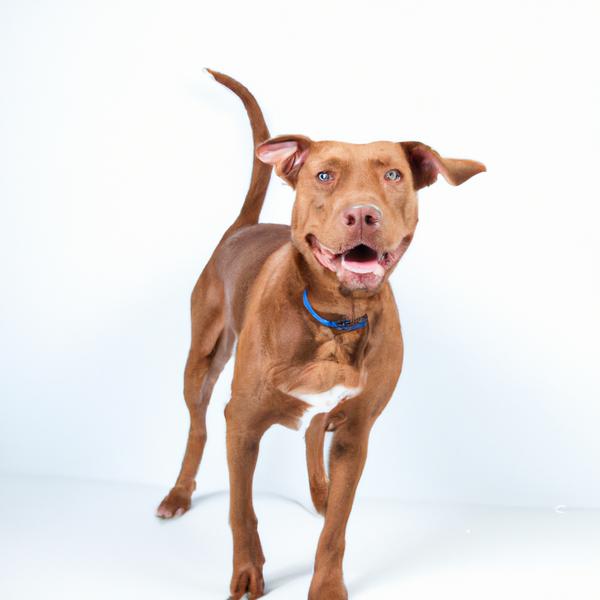
Doxie-Pit
Chestie vs Doxie-Pit
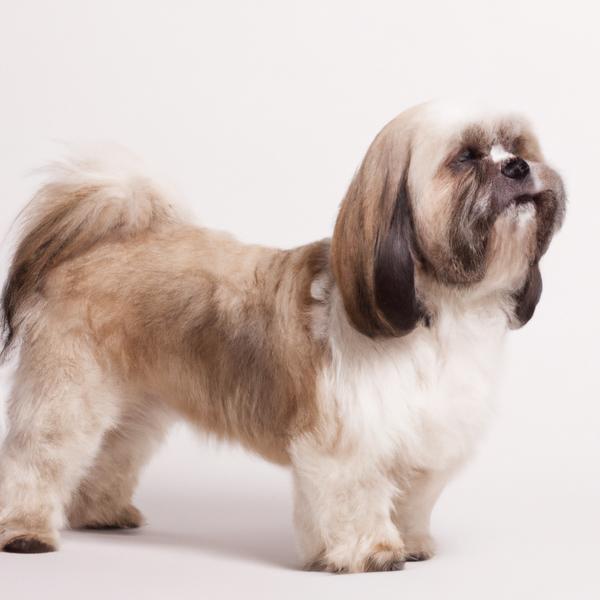
Lhasanese
Chestie vs Lhasanese
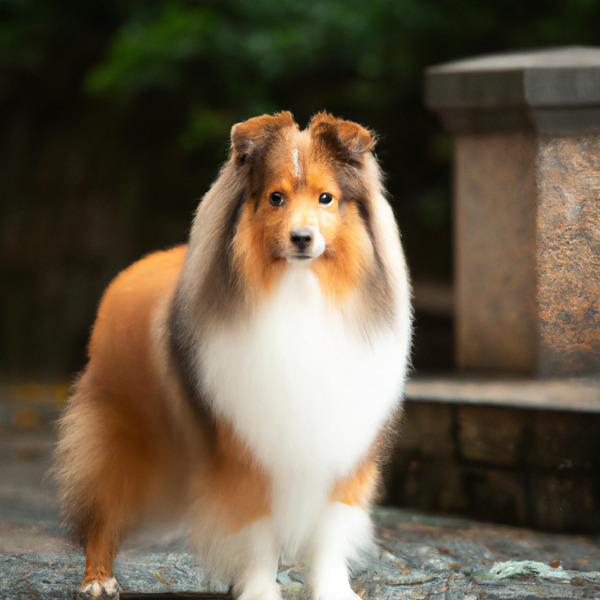
Shetland Sheepdog
Chestie vs Shetland Sheepdog
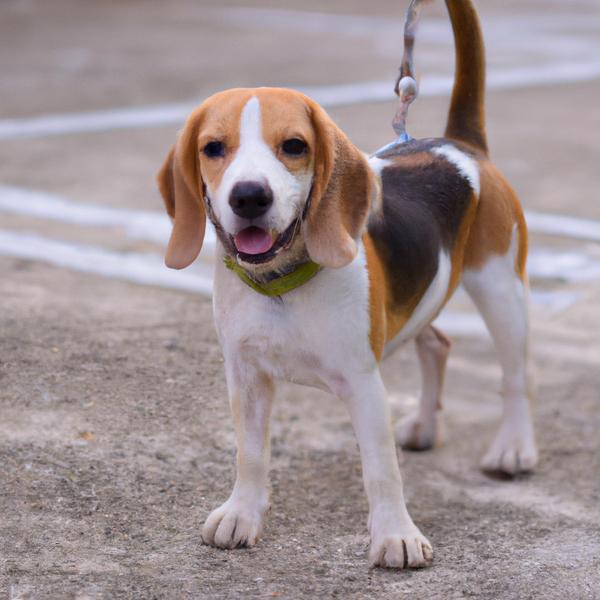
Beacol
Chestie vs Beacol
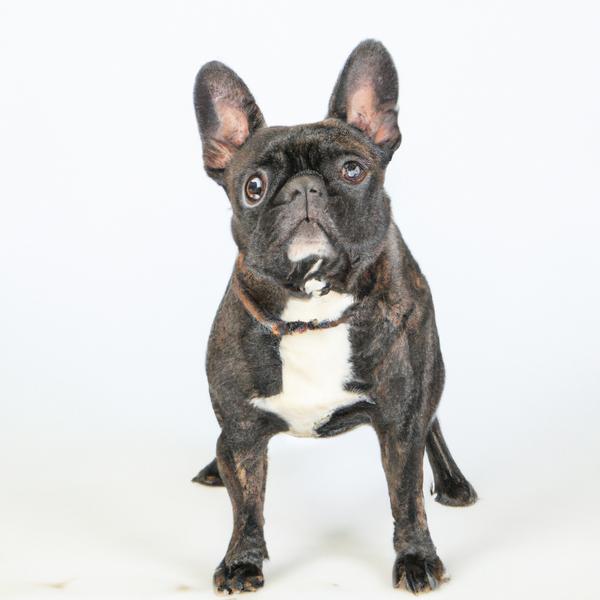
Faux Frenchbo Bulldog
Chestie vs Faux Frenchbo Bulldog

Italian Daniff
Chestie vs Italian Daniff
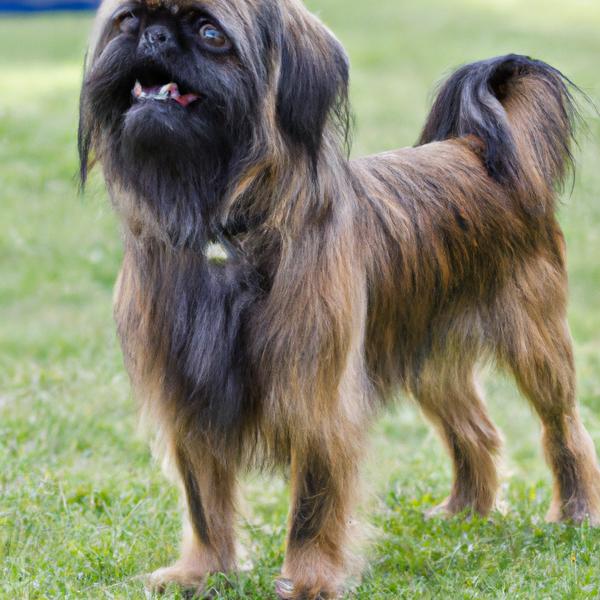
Griffonland
Chestie vs Griffonland
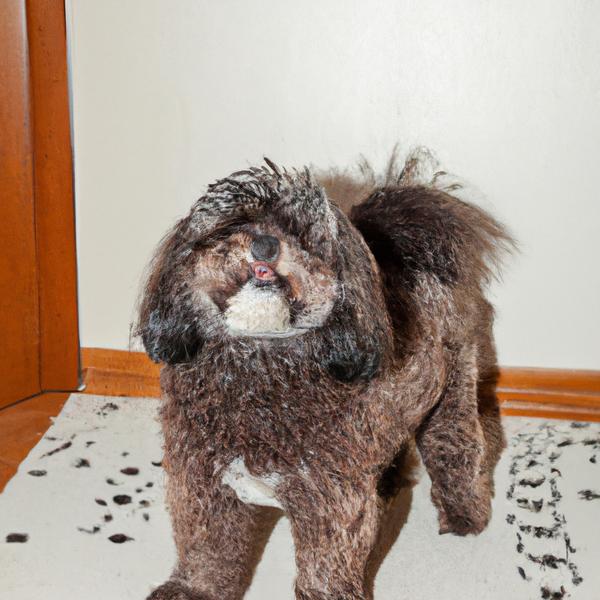
Poo-Shi
Chestie vs Poo-Shi
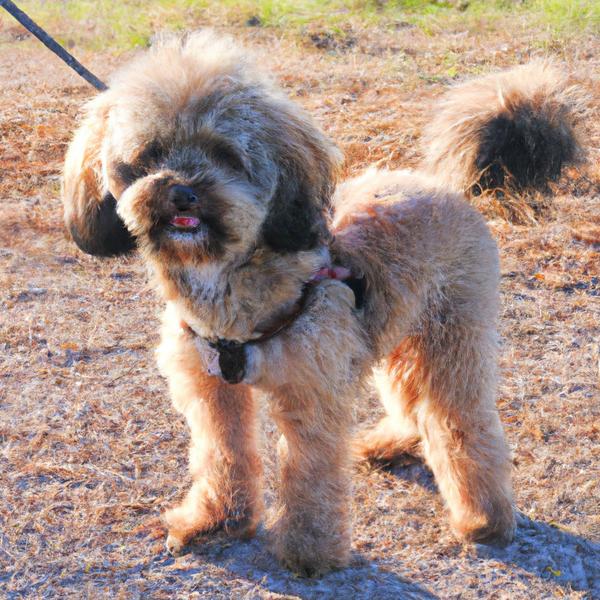
Poo-Ton
Chestie vs Poo-Ton
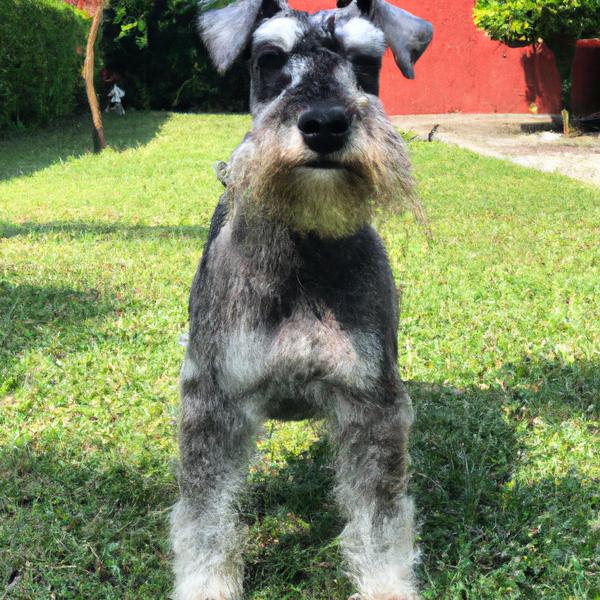
Crested Schnauzer
Chestie vs Crested Schnauzer
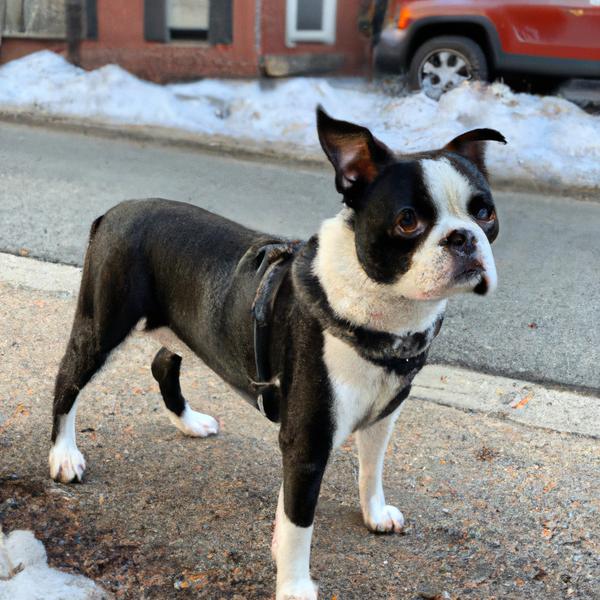
Siberian Boston
Chestie vs Siberian Boston
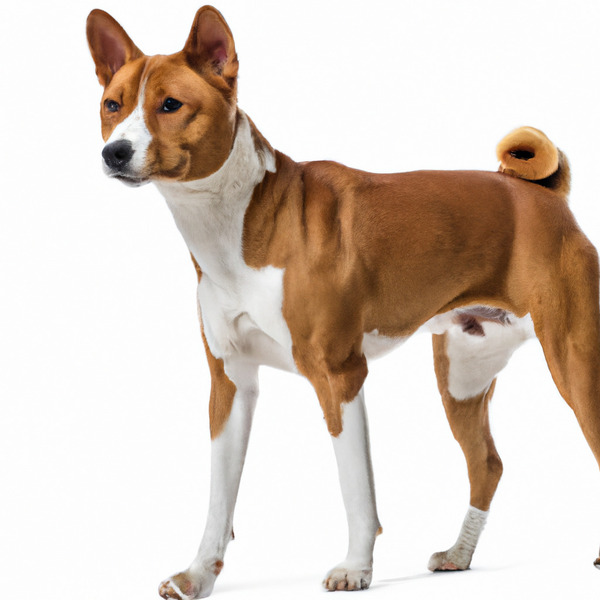
Basenji
Chestie vs Basenji
